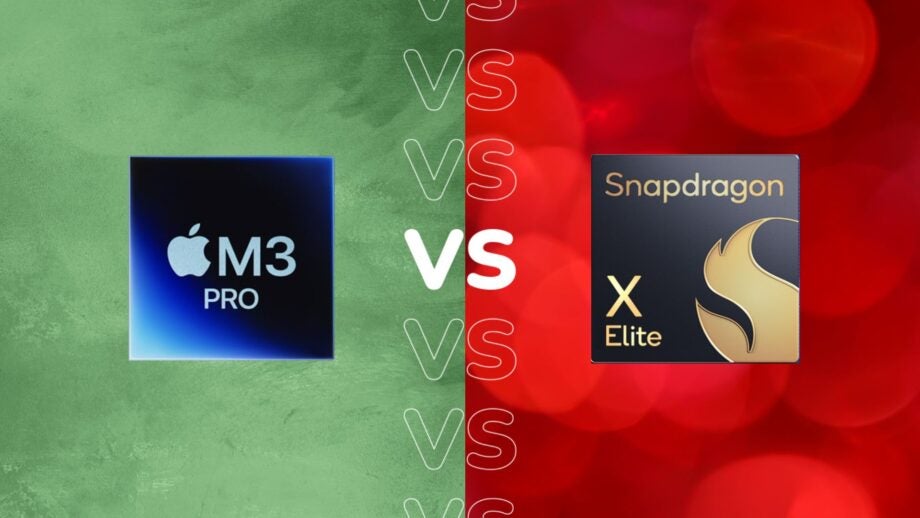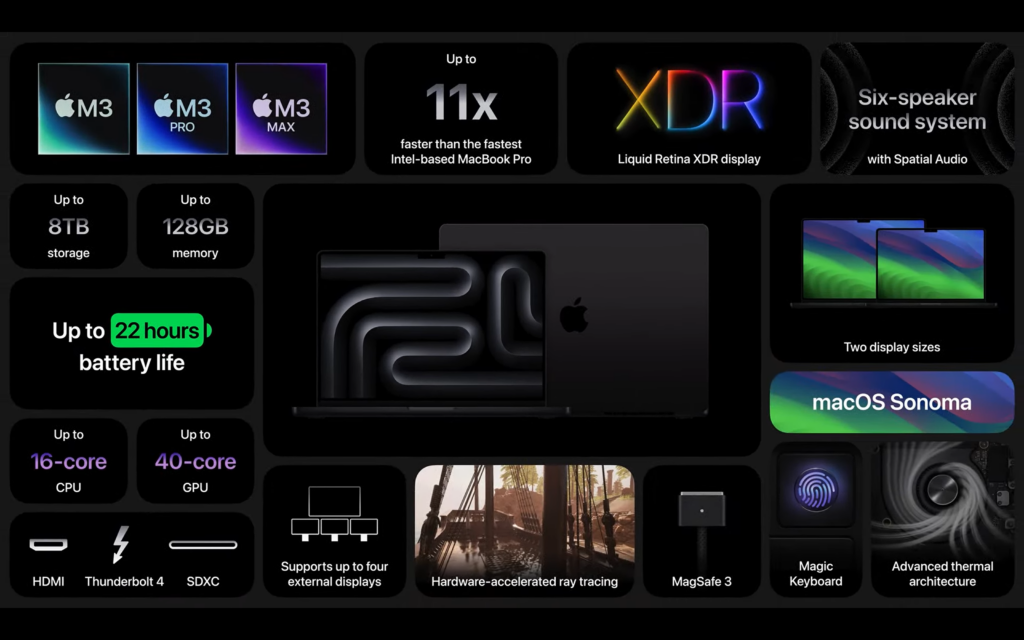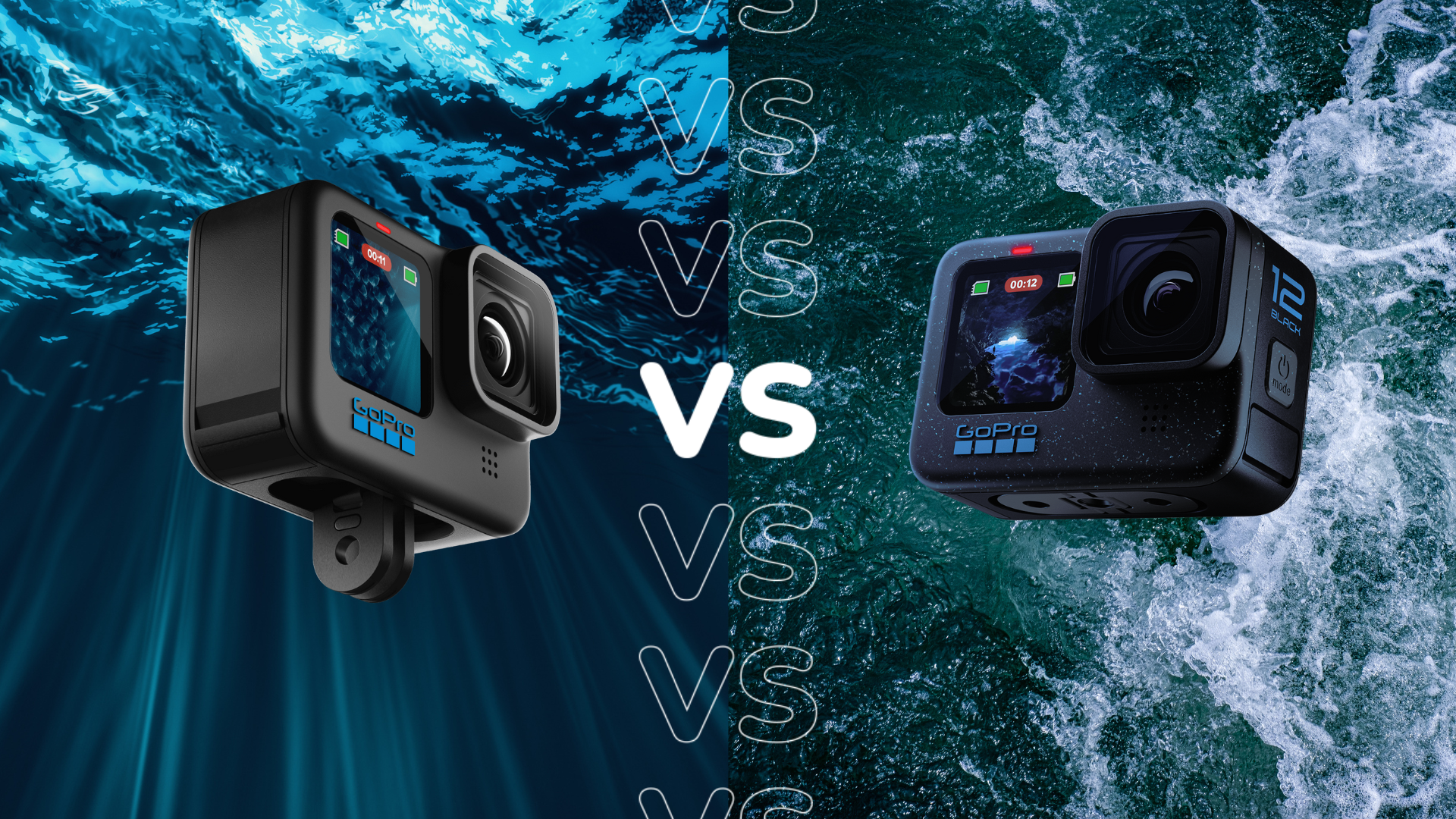Apple M3 Pro vs Snapdragon X Elite: Which chip wins?

The Snapdragon X Elite was revealed in all its glory during Qualcomm’s annual summit in Hawaii, with some big claims made. Shortly after, we saw Apple introduce the M3 Pro to the market. Here’s how they compare.
What is the future of computing? That’s quite a big question but it’s one worth mulling when it comes to Windows laptops in particular. With the Apple M-series, we’ve seen the company’s computers take a leap forward in performance and efficiency.
Windows hasn’t quite kept up, with it largely staying the course. But, with its mobile prowess, Qualcomm always seemed well-placed to shake things up in the PC realm too. The new Snapdragon X Elite aims to do just that, but can it compete with the Apple M3 Pro?
Snapdragon X Elite looks to be a match for the M3 Pro
We’ll have to fully explore the performance of both of these chips when we get our hands on devices sporting them but some early benchmarks give some indication of what they are capable of. On first look, it appears the M3 Pro could be the chip that the Snapdragon X Elite most closely lines up with.

Qualcomm provided Geekbench 6 results for a Snapdragon X Elite reference design and it came in at 2,979 for single-core and 15,382 for multi-core. By comparison, early results for the M3 Pro available publicly on Geekbench’s site, show scores of around 3,000 and 15,000 too.
The scores suggest performance could be neck and neck but with software integration and compatibility to be considered, the end results often aren’t perfectly represented by benchmarks, especially when pitting Apple and non-Apple devices against each other.

Apple TV+
The Home of Apple Originals. Enjoy star-studded, award-winning series, films, and more. Grab your 7 day free trial now.
- Apple
- 7-day free trial
- £8.99 p/m
The results are somewhat surprising, with the Apple chip featuring a more efficient 3nm process compared with the 4nm process of the Snapdragon, however, this may play out more in battery life. Snapdragon also has 12 high-performance cores versus the even split of high-performance and efficiency cores on the M3 Pro, potentially going some way to explaining how the X Elite has managed to keep pace.
Wi-Fi 7 and 5G vs Thunderbolt 4
With these two new chips, if connectivity is a priority, you’ll be making a choice between high-end I/O options and high-end wireless connectivity. The Apple M3 Pro chip comes with Thunderbolt 4, the versatile and speedy standard for transferring files and connecting to monitors. The Snapdragon X Elite makes no mention of the Thunderbolt standard, instead stating it’ll feature USB4.

For wireless standards, the Snapdragon X Elite is comfortably ahead. The latest MacBook Pro models with the M3 series offer up Wi-Fi 6E but there’s no sign of 5G in Apple’s laptop range quite yet. By comparison, the Snapdragon X Elite not only supports the cutting edge Wi-Fi 7 standard but, expectedly, will offer up 5G support too. This could give these new Snapdragon devices the edge when it comes to working seamlessly on the go.
Snapdragon X Elite will be available on more devices
The Snapdragon X Elite will offer users far more choice in device than Apple. For laptops, you can only pick up the M3 Pro inside the 14-inch or 16-inch MacBook Pro. For the Snapdragon X Elite, we don’t yet know exactly which devices will feature the new chip but partners include Acer, Asus, Honor, Dell, Lenovo, HP and Microsoft. Then, this could also potentially include multiple devices across these different brands. So, when it comes to a range of options and, potentially, form factors, the Snapdragon X Elite will be the one to go for.






